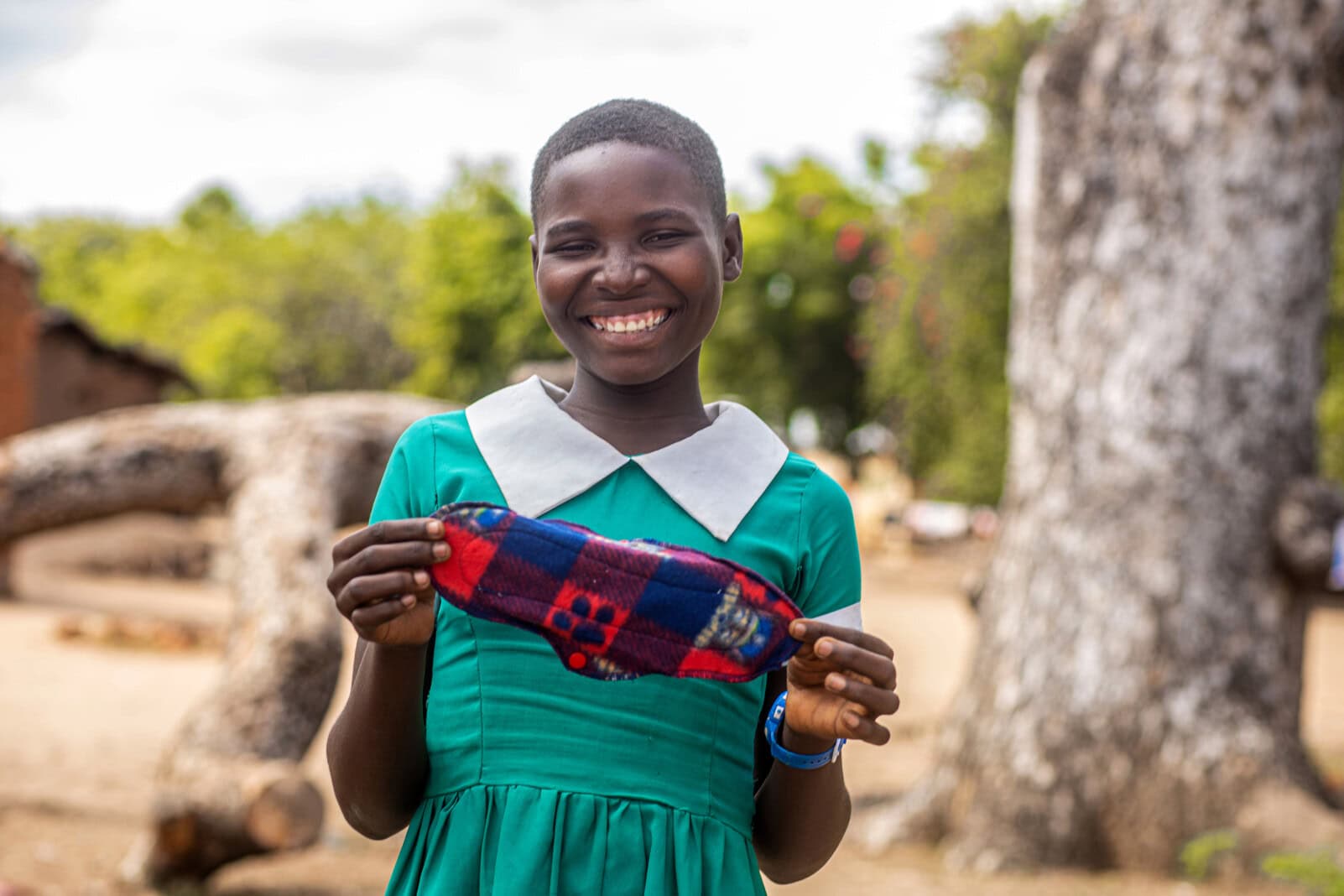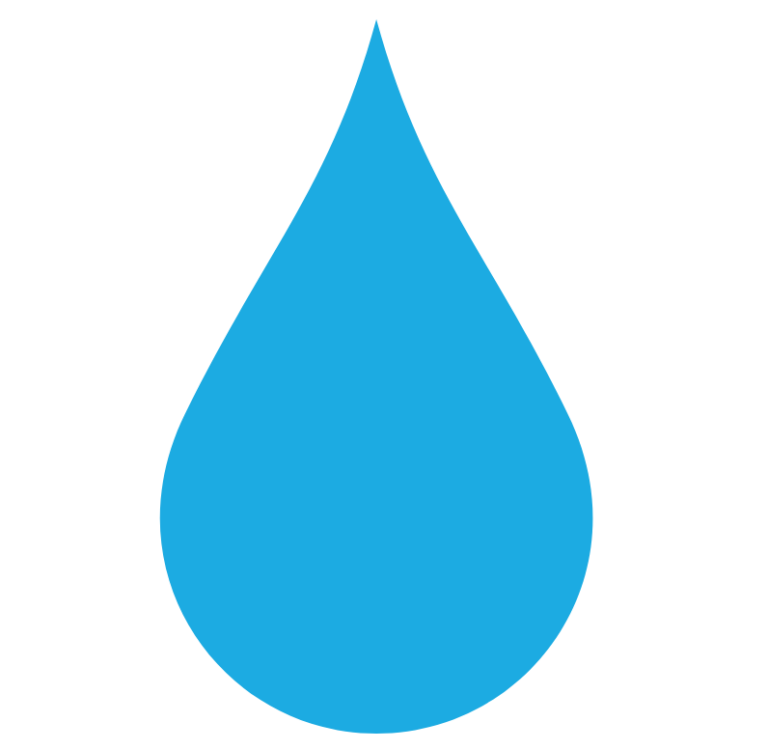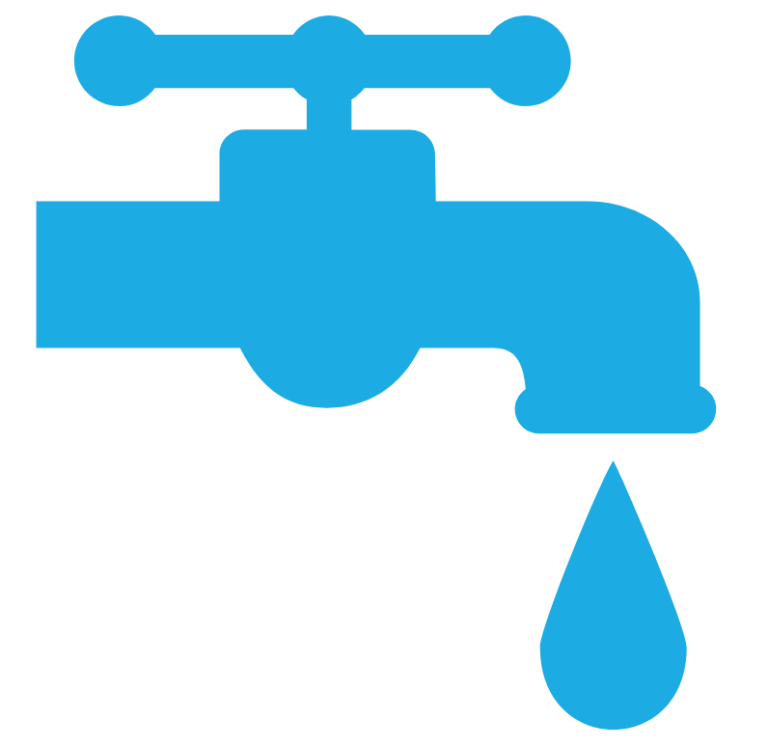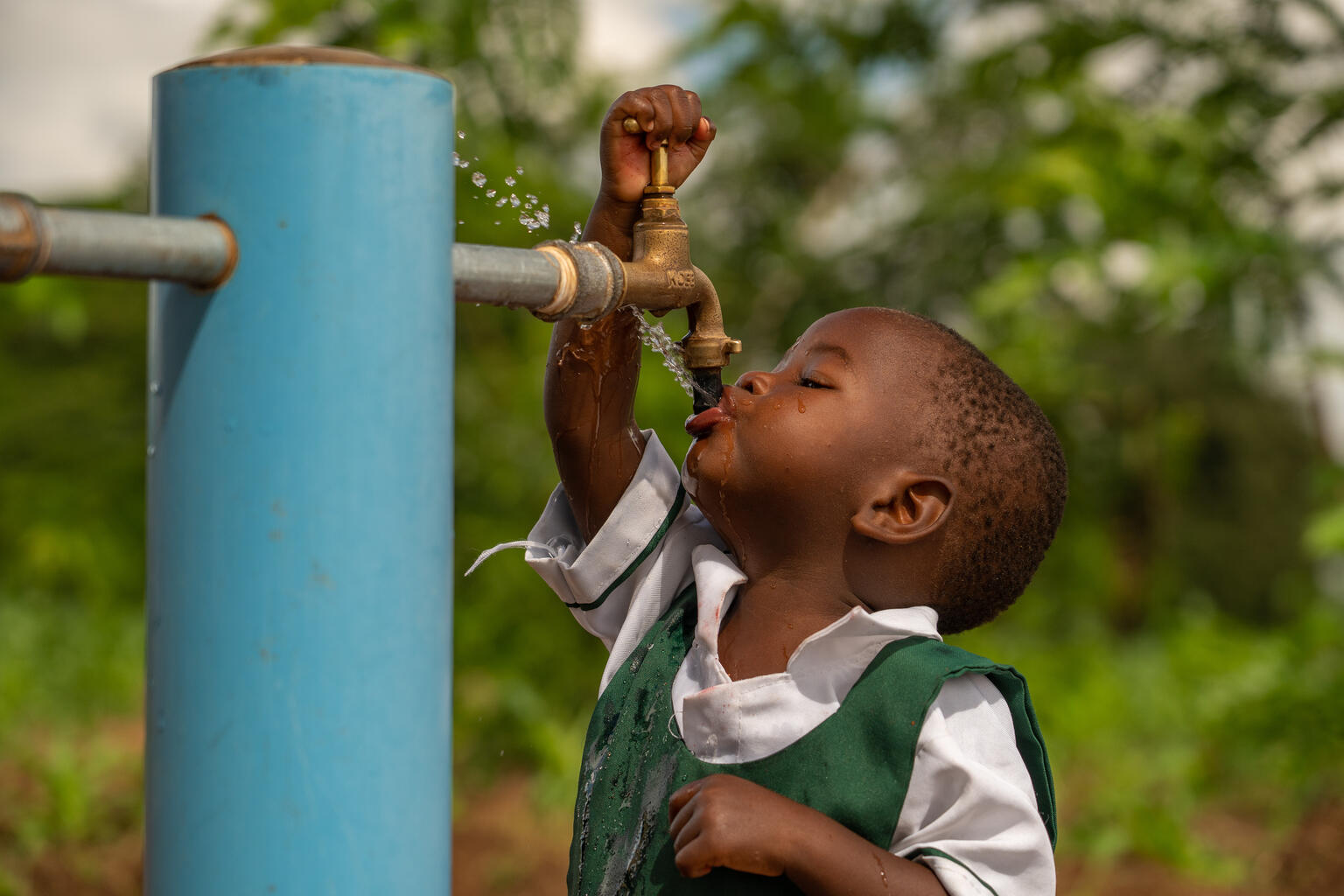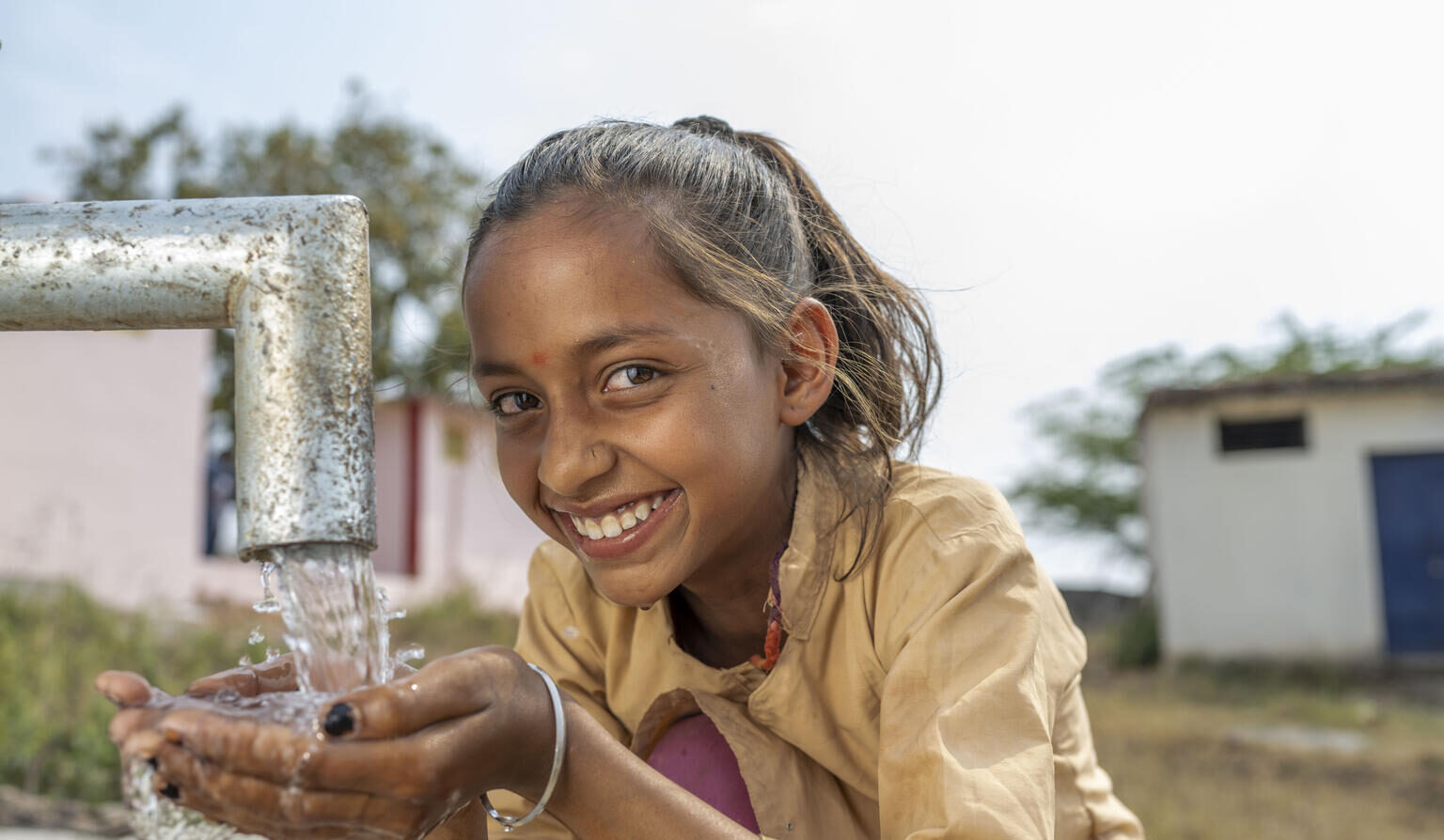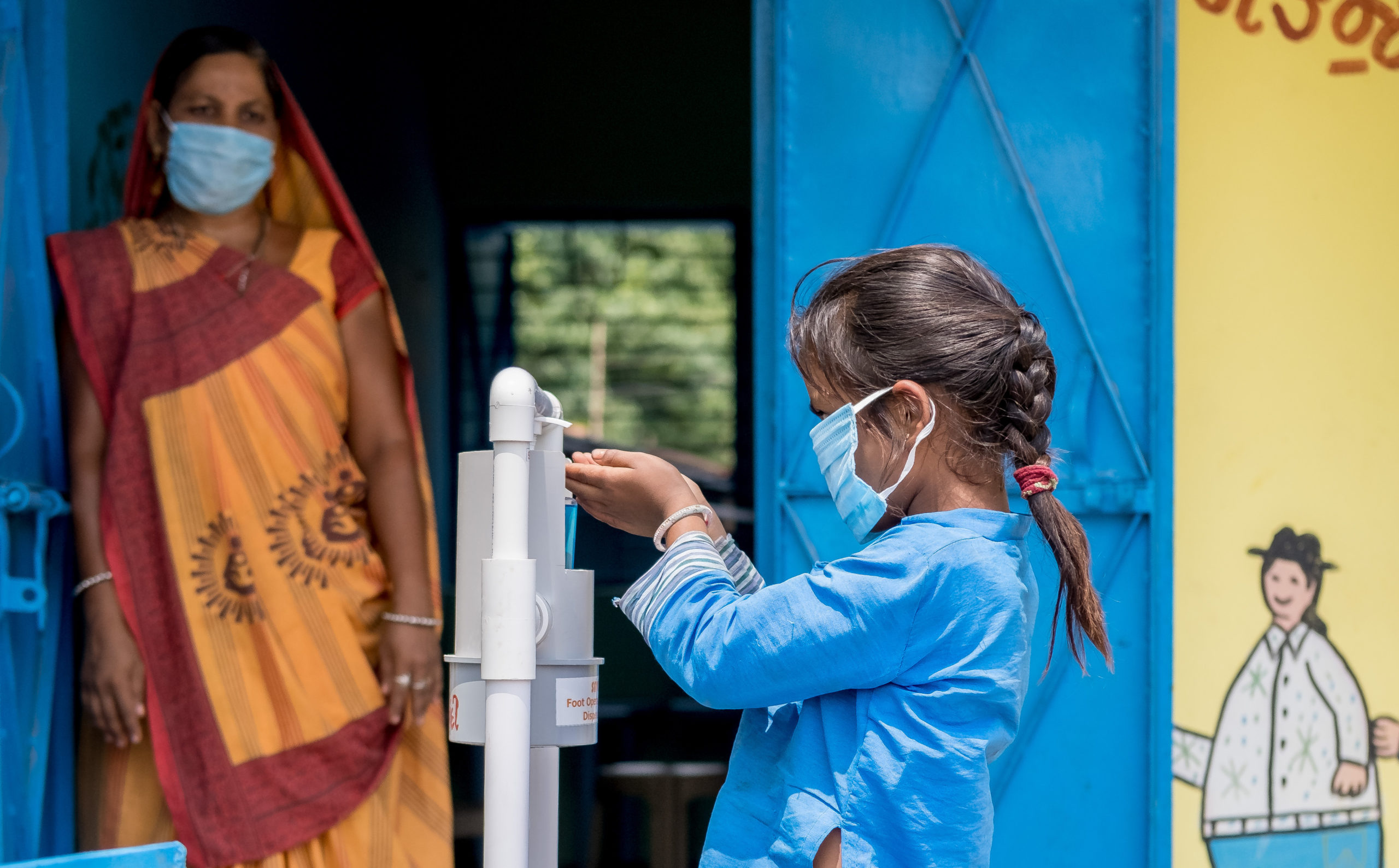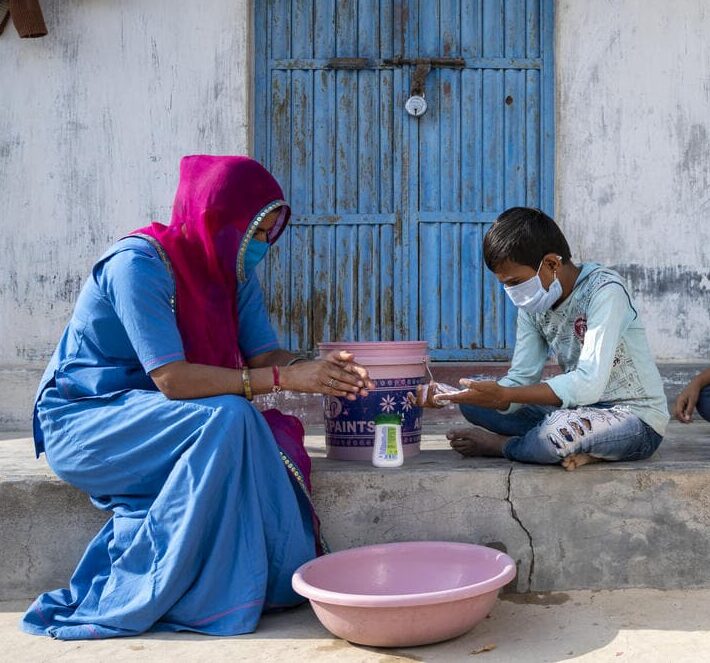The WHO/UNICEF Joint Monitoring Programme (JMP) produces internationally comparable estimates of progress on drinking water, sanitation and hygiene (WASH) and is responsible for monitoring the Sustainable Development Goal (SDG) targets related to WASH. This data update presents national, regional and global estimates for WASH in schools up to the year 2023, with a special focus on menstrual health.
At the mid-point of the SDG period, the world is not on track to achieve universal access to basic WASH services in schools by 2030. Achieving universal coverage will require a twofold increase in the current rate of progress on basic drinking water, a twofold increase in progress on basic sanitation, and a fourfold increase in progress on basic hygiene services. Based on current trajectories, only 86 per cent of schools will have a basic water service, 87 per cent will have a basic sanitation service, and 74 per cent will have a basic hygiene service in 2030. And while almost all schools will have at least a limited sanitation service, 12 per cent will still have no water service, and 12 per cent will have no hygiene service.
Key facts
- Drinking water: Worldwide, 447 million children do not have access to drinking water at school. Nearly 1 in 4 schools, or 23 percent, lack a basic drinking water service.
- Sanitation: Worldwide, 427 million children do not have access to sanitation services that are single sex and usable at school. One in five schools – or 22 per cent – do not have a basic sanitation service.
- Hygiene: Worldwide, 646 million children do not have handwashing facilities with soap and water at school. 1 out of 3 schools – or 33 per cent – lack a basic hygiene service at school.
- Menstrual Hygiene: Worldwide, only 2 out of 5 schools (or 39 per cent) provide menstrual health education. Less than 1 in 3 schools (or 31 per cent) globally have bins for menstrual waste in girls’ toilets.
Explore the data
Globally, nearly 1 out of 4 schools did not have basic water services in 2023
Since 2015, there has been little change in coverage in sub-Saharan Africa (from 43 per cent to 45 per cent) and Oceania (from 53 per cent to 51 per cent), while in Central and Southern Asia, coverage has increased rapidly from 50 per cent to 84 per cent. In least developed countries, coverage increased steadily from 52 per cent to 60 per cent, but in fragile contexts it has stagnated at around 50 per cent. It is estimated that Australia and New Zealand and Europe and Northern America have already reached universal coverage (>99%), although data are not available for all countries in either region.
Global and regional coverage of drinking water services in schools, 2015–2023 (per cent)
99 out of 138 countries with estimates had more than 75 per cent coverage of basic drinking water services in schools in 2023
Proportion of schools with basic drinking water services, 2023 (per cent)
Only 19 out of 53 countries with data on trends in basic drinking water services in schools are on track to achieve universal access by 2030
Progress towards universal access to basic drinking water in schools, 2015–2023
Globally, over 1 in 5 schools did not have sanitation water services in 2023
Progress between 2015 and 2023 was most rapid in Eastern and South-Eastern Asia and Central and Southern Asia (from 73 per cent to 93 per cent). The SDG region of Australia and New Zealand is estimated to have already reached universal coverage though data are not available for New Zealand. Progress was steady in least developed countries. The proportion of the global population with no sanitation service was cut in half, from 22 per cent to 11 per cent, with major reductions in Central and Southern Asia and in Latin America and the Caribbean.
Global and regional coverage of sanitation services in schools, 2015–2023 (per cent)
106 out of 144 countries with estimates had more than 75 per cent coverage of basic sanitation services in schools in 2023
Proportion of schools with basic sanitation services, 2023 (per cent)
Only 24 out of 51 countries with data on trends in basic sanitation services in schools are on track to achieve universal access by 2030
Progress towards universal access to basic sanitation in schools, 2015–2023
Globally, 1 out of 3 schools did not have basic hygiene services in 2023
Australia and New Zealand had already reached universal coverage (>99%) at the start of the SDG period, and Europe and Northern America is getting closer, rising from 97 per cent in 2015 to 98 per cent in 2023. Sub-Saharan Africa recorded the biggest increase in coverage (from 273 per cent to 37 per cent). Eastern and South-Eastern Asia and Central and Southern Asia also increased coverage while Northern Africa and Western Asia and Latin America and the Caribbean progressed more slowly. Oceania is the only SDG region that has not made progress during the SDG period.
Global and regional coverage of hygiene services in schools, 2015–2023 (per cent)
98 out of 134 countries with estimates had more than 75 per cent coverage of basic hygiene services in schools in 2023
Proportion of schools with basic hygiene services, 2023 (per cent)
Only 13 out of 38 countries with data on trends in basic hygiene services in schools are on track to achieve universal access by 2030
Progress towards universal access to basic hygiene in schools, 2015–2023
